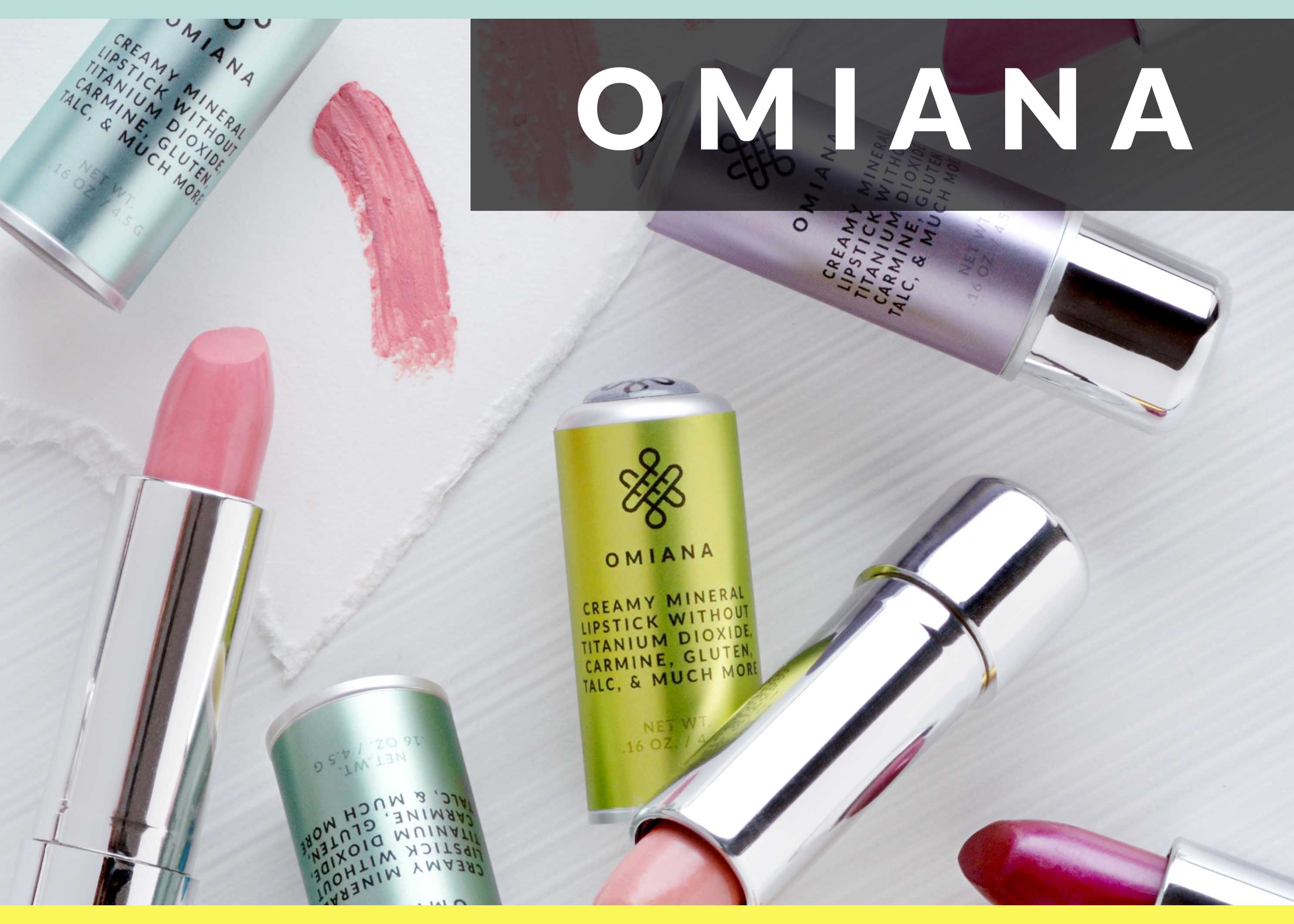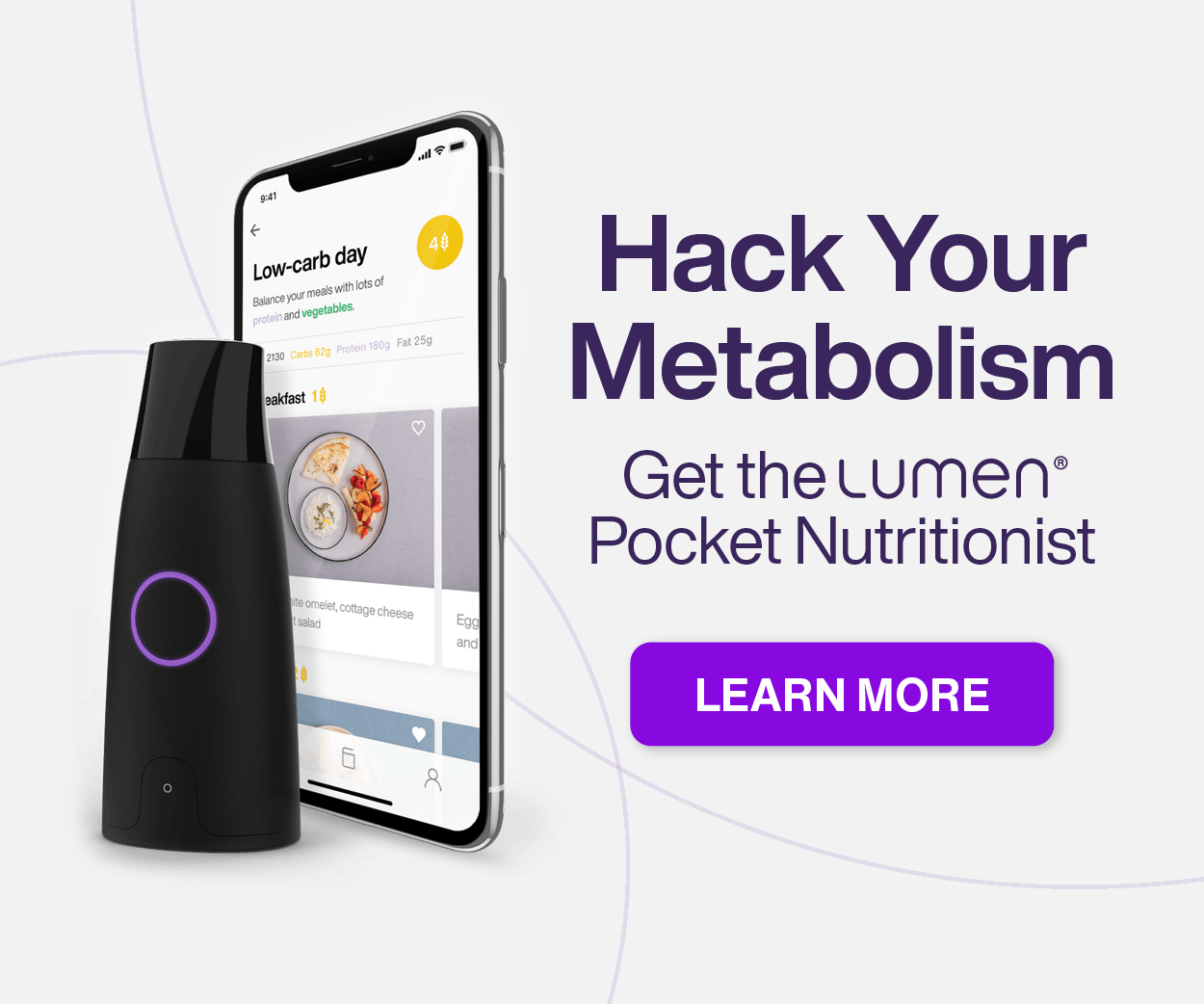For many of us, our skin and haircare routines are habits we stick to like glue. We find products we love, and we remain loyal to them for years. But what if your trusted skincare go-to’s are doing more harm to your body than good? Our health is most impacted by the things we do regularly — foods we eat every day, products we use everyday, behaviors we partake in everyday. Those are the things that add up and have measurable effects that can either lead to a longer, healthier life, or a higher risk of disease, reproductive issues, and even psychological or mood imbalances.
So how do your products add up? Is your skin soaking up healthy, nutritive ingredients, or is your skin a sponge for harmful chemicals that are finding their way into your bloodstream? For example, did you know that CoverGirl mascaras, Blistex lip balms, Neutrogena face washes, Banana Boat suncreens, Biolage shampoos, and Lubriderm moisturizers all got some of the highest scores for toxicity and health hazards? {Tweet it!} These are brands millions of Americans use everyday, none the wiser that they are exposing their systems to carcinogens, endocrine disruptors, organ and reproductive toxicity, and more.
So what can you do? First of all, get really familiar with the most toxic ingredients, and avoid them like the plague. (Check out 5 Skincare Ingredients to Avoid for a few of the top big bads). Second of all, search the Environmental Working Group’s Skin Deep Cosmetics Database for each and every one of your products. If any product has a score over 3, (yes 3!) toss it! It’s just not worth the risk!
Still confused about what is safe to use? Skin Deep’s searchable database gives you tons of options for the safest, healthiest products, as well as information on where to buy them. Some of these products are even available at your local pharmacy or big box store. Convenience or brand loyalty are just not good enough reasons to continue exposing yourself and your family to harmful toxins. And until our government regulations for cosmetics catch up with the science of safety, YOU are in charge of making sure you’re buying and using the safest products possible!

























